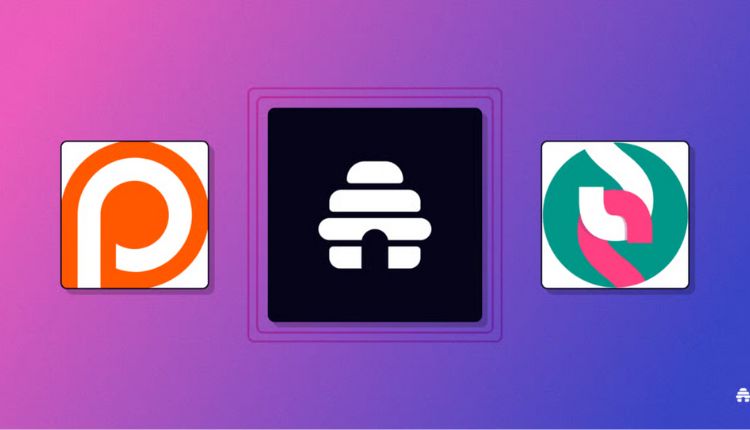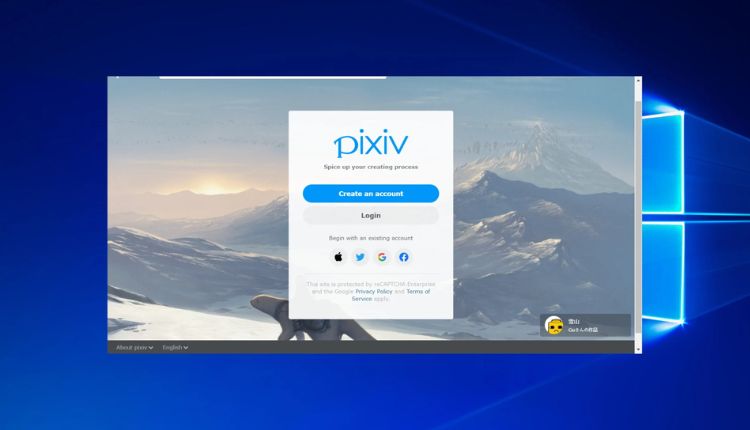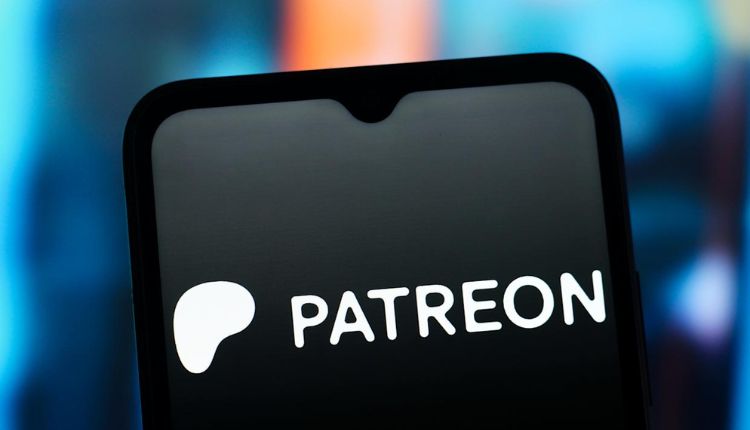Among these is the coomer website, a time period that has more and more surfaced in online discussions, in particular in forums and subcultures. While it’d seem difficult to understand before everything looks, the coomer internet site has emerged as a focus for a select digital audience. Understanding what the coomer internet site is, why it exists, and how it features within the broader online international community is important to comprehend its importance.
The term “coomer” itself originates from the internet meme way of life and has grown into a descriptor for positive patterns of behavior and media intake, mainly those related to grown-up content. As a result, the coomer website typically refers to systems or aggregators that collect and show specific media content, often sourced from numerous creators and social platforms. These websites have attracted both interest and criticism for his or her role in reshaping how personal content is fed on, shared, and monetized.
The Evolution of the Coomer Website in Internet Culture
The coomer internet site did not emerge in a vacuum. Its upward push is intently related to changes in content distribution models and shifts in user expectations. With the decline of traditional person-content websites and the rise of author-pushed platforms like OnlyFans and Patreon, a new virtual environment has been shaped. These surroundings created opportunities for websites that redistribute this kind of content, often without the creators’ consent.
Early iterations of the coomer internet site have been rudimentary in layout but green in cause. They focused on accumulating public data and media shared by creators, regularly pulling from social media and fan-subscription systems. Over time, these websites have become extra sophisticated, imposing search functions, filters, and user interfaces that cater specifically to this area of interest’s target audience.
As internet subculture shifted closer to extra personalization and consumer-generated content, the coomer internet site adapted to provide exactly what its users had been trying to find: smooth entry to, curated media, and constant updates. However, this evolution came with accelerated scrutiny and ethical dilemmas, in particular around issues of privacy, consent, and copyright infringement.
The Content Structure of a Typical Coomer Website
One of the defining characteristics of a consumer internet site is its content organization. These websites are typically established around tags, author names, and media kinds, permitting users to speedily navigate and locate particular content. The interface often mimics other popular imageboard or gallery-style websites, however, with a focus on personal content material.
A coomer website typically consists of searchable databases in which every post is tagged with metadata. These records may additionally encompass the author’s name, the platform it changed into sourced from, the form of content (photographs, motion pictures, and so on), and user-generated tags that describe the content. Many of those websites additionally offer account systems for users to shop favorites, observe updates, or even make content requests.
Despite their obvious utility for quit-users, those websites regularly walk a tightrope of ethical and legal concerns. The majority of content material is scraped from structures where creators intended to share it inside managed environments, consisting of subscriber-only pages. As such, the redistribution of this content material through a coomer website regularly bypasses the original paywalls and permissions, developing a fraught relationship between creators and those aggregators.
Ethical Concerns Surrounding the Coomer Website
The rise of the coomer website has sparked excessive debate amongst virtual rights advocates, content creators, and internet customers. A main issue is the violation of creators’ rights and the unauthorized distribution of personal or paywalled content material. Many creators have observed their paintings reposted without permission, leading to lost revenue and undesirable publicity.
The coomer internet site also raises broader questions on digital consent and the limitations of copyright enforcement in an age of mass records scraping. Unlike conventional piracy, which regularly targets movies or songs, these websites deal in private and, on occasion, intimate media. The implications are more profound, not simply financially but additionally psychologically, for the people involved.
In reaction to those issues, some structures have started taking legal action, issuing DMCA takedown notices and collaborating with web website hosting services to shut down infringing sites. However, the decentralized nature of the net makes enforcement hard, and many coomer internet site domains reappear underneath new names or servers rapidly after being eliminated.
Community Interaction on a Coomer Website
Beyond just being repositories of content material, coomer websites frequently foster lively user groups. These groups trade facts, percentage updates about specific creators, and even make contributions by uploading new content or improving metadata. This layer of interactivity enables sustained person engagement and offers the platform a crowdsourced size.
However, the character of the interplay on a coomer website can range broadly. Some customers deal with it basically as a supply of content material, at the same time as others form greater devoted followings around specific creators. There are also forums and comment sections wherein discussions about media, best new uploads, and author pastimes take .
This communal aspect may be a double-edged sword. While it strengthens platform loyalty, it additionally permits the spread of invasive conduct, together with doxxing and harassment. Moderation regulations on these websites are often minimal or nonexistent, which exacerbates the dangers for the ones whose content appears on the website without their consent.
The Legal Status of the Coomer Website
Legally, the coomer internet site exists in a gray area. In most jurisdictions, redistributing another person’s paywalled content material without permission violates copyright legal guidelines. However, enforcement is inconsistent, especially for websites hosted in nations with lax guidelines or inadequate cooperation with global copyright frameworks.
Some coomer websites attempt to avoid legal demanding situations via including disclaimers, presenting takedown request systems, or claiming “honest use” exemptions. Despite these efforts, the central characteristic of the internet site regularly runs afoul of the unique reason of copyright regulation, which is to shield creators’ control over their work.
The criminal fame of the coomer website additionally complicates efforts through platforms like OnlyFans, Patreon, and Fanhouse to provide secure environments for creators. These systems have invested in watermarking, subscription controls, and felony groups to counteract unauthorized sharing; however, the trouble persists in large part due to the velocity and efficiency with which a coomer internet site can distribute content material once it is been leaked.
The Future in a Changing Digital Landscape
As digital content continues to conform, so too will the character and presence of the coomer internet site. With increasing recognition around data privacy, ethical content material sharing, and the rights of online creators, these websites can also face extra stress from both user and criminal bodies.
Future iterations of the coomer internet site can also try and become more compliant with ethical requirements, in all likelihood via working with creators or enforcing verification structures. Alternatively, stricter laws and platform cooperation ought to lead to a sizable discount in their occurrence.
Ultimately, the destiny of the coomer website will rely upon a complex interaction of technology, regulation, and tradition. As more human beings engage in digital content introduction and consumption, the call for moral frameworks and responsible content material distribution will best develop.
Wrapping It Up
The coomer website internet site stands as a mirror of both the possibilities and pitfalls of the modern-day internet. It demonstrates how technology may be used to aggregate and distribute media with remarkable ease, but additionally highlights extreme issues regarding consent, ethics, and intellectual property.
While a few may argue that those websites fulfill a demand, it is more and more clear that their life challenges fundamental ideas of privacy and creative possession. As customers become more conscious of the way content material is sourced and shared, and as creators advocate for their rights, the landscape surrounding the consumer website may also go significant trade.
In this evolving environment, it’s critical to get right of entry to with accountability, ensuring that virtual areas stay respectful and sustainable for everyone worried.





